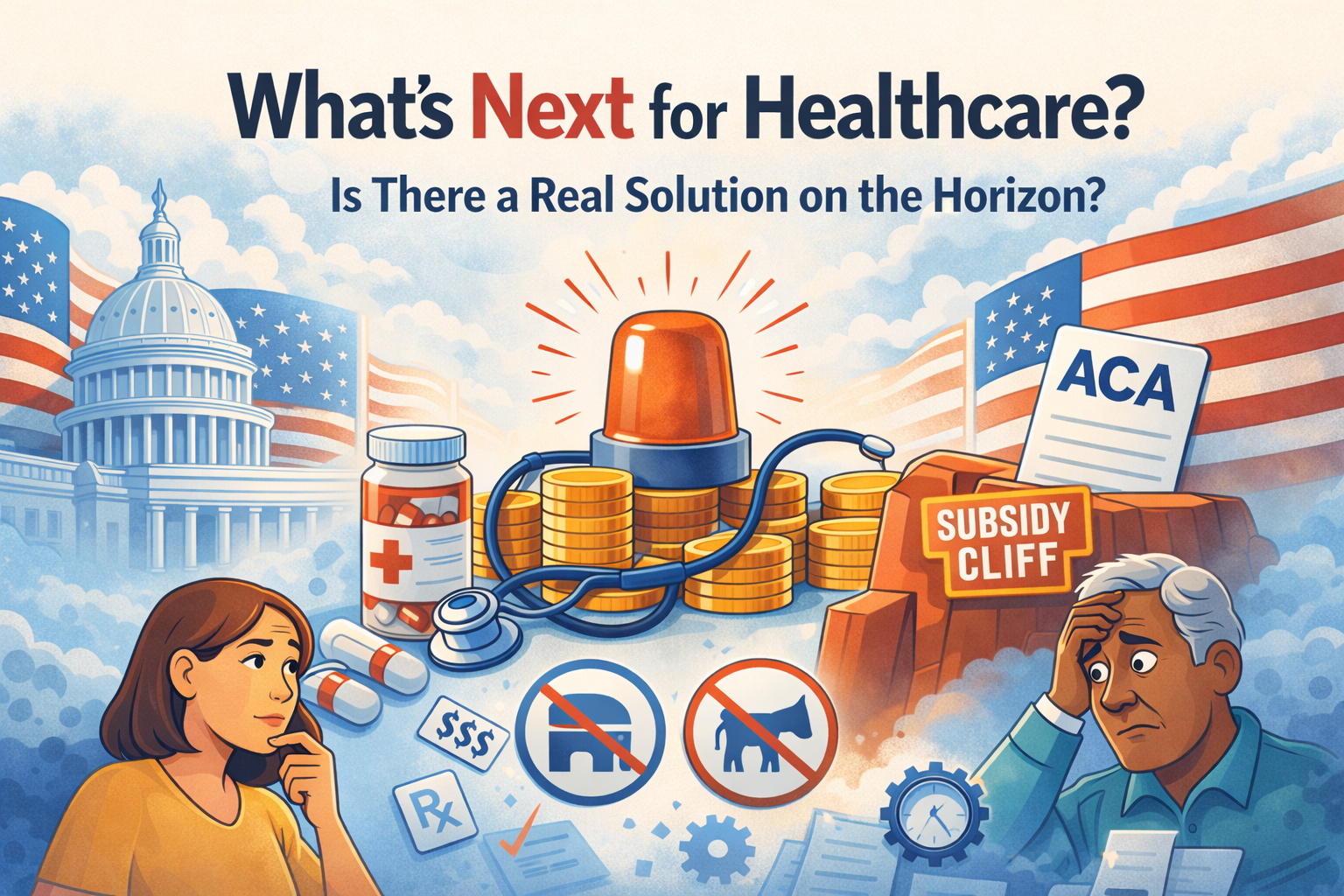Rising health insurance premiums are no joking matter. Whether you are a business or individual, no one is immune to the rising costs and increasing exposures of health insurance.
Who and what’s to blame? Technology? Physician costs? Hospitals? Laboratories? Prescription costs? Consumer behavior? Fast Food? The economy? Multiple factors can be attributed to the rising premiums within the health care system, which represents 17% of the GNP. The health care industry is a large chunk of the economy, and the current political climate hasn’t made any progress in combating rising costs.
To understand what is causing this change, we must look behind the curtain.
Affordable Care Act
Since the inception of the Affordable Care Act (ACA) in 2010, also known as ObamaCare, the costs of health insurance have nearly doubled.
To help fund the creation and ongoing operation of the federal and state marketplace exchanges, the ACA requires that all insurers offering fully insured health insurance programs pay an annual Insurer Tax. Although the tax was initially $8 billion since its first year in 2014, the amount has increased each year. Now, in the upcoming 2020, IRS expecting to collect a little over $15 billion dollars cumulatively from all carriers.
When the ACA was first introduced, former President Barack Obama assured everyone that the ACA would lower costs: “If you like the plan you have, you can keep it. If you like the doctor you have, you can keep your doctor, too. The only change you’ll see are falling costs as our reforms take hold.”
However, in today’s present day, this has proven to be a misconception. In 2016, Bill Clinton summarized ACA’s impact perfectly: “So, you’ve got this crazy system where, all of a sudden, 25 million more people have health care and then the people who are out there busting it, sometimes 60 hours a week, wind up with their premiums doubled and their coverage cut in half. It’s the craziest thing in the world.”
How It Will Impact Plan Sponsors
The health insurance tax will impact all insurers offering medical, dental and vision insurance (called “covered entities”). If the IRS implements ACA’s Insurer Tax as planned, the fee is expected to add an estimated 3-4% on medical plan renewals.
No relief is in sight for counteracting these increasing premiums. Employers must rely on design strategies, contribution formulas, and other ways to bring vibrancy to their plans by consulting with their insurance brokers.
Contact CorpStrat to learn about how we can help you navigate this upcoming change in the health care industry.



